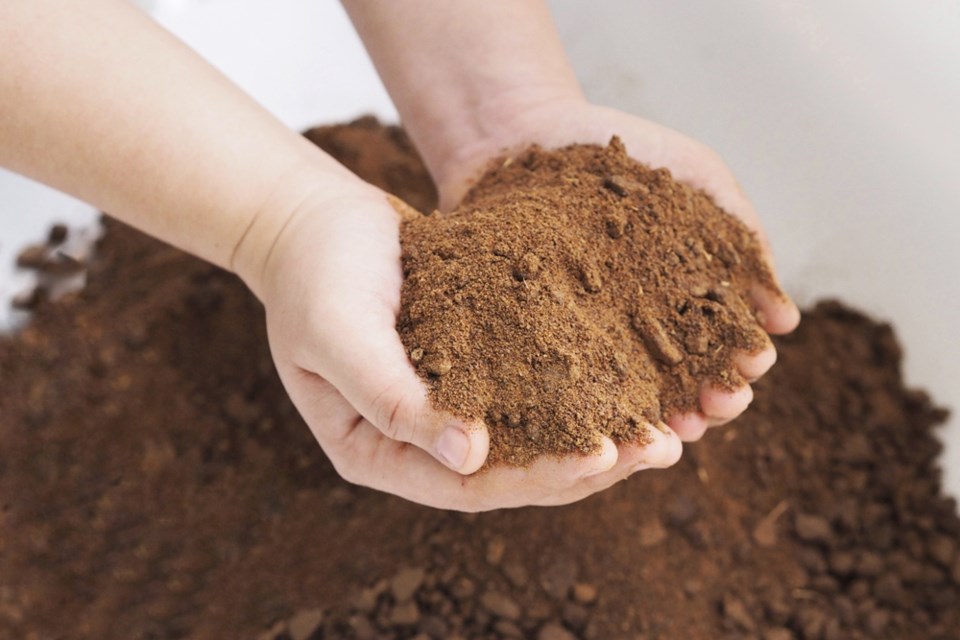Cattle producers challenged with drought-stricken pastures might want to consider summer feeding of canola meal in pastures.
A University of Saskatchewan trial study feeding heifers concluded canola meal is an acceptable and less costly drought feed supplement, says Dr. Greg Penner, who outlined the trial to the Saskatchewan Stock Growers Association convention in Moose Jaw.
The trial compared feeding dry distiller’s grain and canola meal.
Although canola meal was about six per cent more expensive, the trial showed it was more cost efficient, saving five cents a head per day over distiller’s grain.
“That’s quite a nice saving,” said Penner.
Canola meal has an advantage with higher protein content and consistency. Dry distiller’s grain varies in consistency depending on the kind of grain used.
The canola product ranges from nine per cent to 11 per cent protein while dry distiller’s grain ranges from five to seven per cent.
Much dry distiller’s grain has had fat removed reducing the energy in the feed.
Canola meal is better at providing the nine per cent protein ration milking cows and pregnant cows need.
He said an alternate option is feeding low grade canola to cattle on pasture.
The study found alternate days are the best way to feed canola meal but that causes aggressive feeding with larger animals edging out smaller ones.
“When you get a treat every second day feeding will get more competitive.”
He suggested separate feeding by animal size.
About 10 per cent of the meal is lost by feeding on the ground.
Ron Walter can be reached at [email protected]




